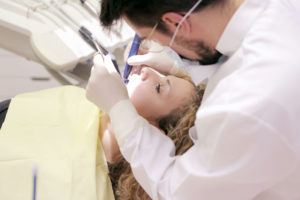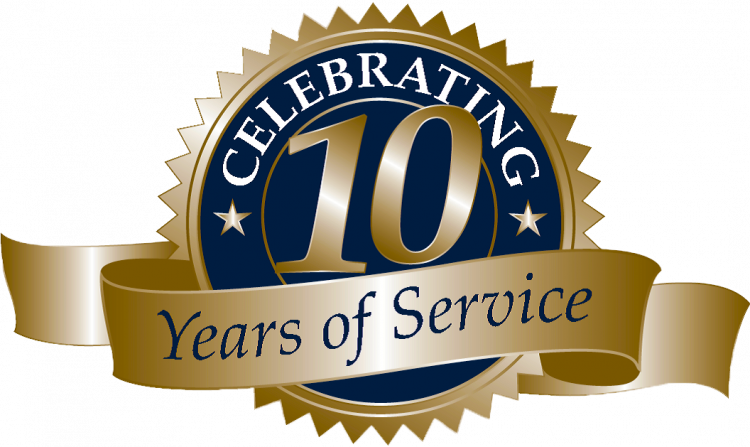
While the general recommendations from the American Dental Association (ADA) have been to delay dental work – much of which is elective or preventative – concerns have arisen over how to handle emergency dental situations during this pandemic. A new article published in the International Journal of Science provides information on how dentists can reduce the transmission and spread of the novel coronavirus while still providing care to those with urgent dental needs.
According to these new guidelines, patients who need emergency dental care should first and foremost be evaluated for the likelihood of infection with COVID-19. This evaluation should include the taking of the patient’s temperature through a contact-free forehead temperature measurement as well as the completion of a questionnaire that is focused on identifying the patient’s risk of exposure and customized to the specific location of care. Assuming that there is no indication that the patient is infected with the virus, and dental care can proceed with the use of extra protective measures.
The authors of the article suggest that dentists wash their hands twice before treating patients and three times afterwards. They also highlight that chlorhexidine, which is often used as a rinse before procedures, may not effectively kill the virus. They suggest the use of a 1% hydrogen peroxide or 0.2% povidone mouth rinse due to the susceptibility of the virus to oxidation. In addition to these hand hygiene and pre-procedure mouth rinse protocols, the authors also provide information on personal protective equipment, the management of medical waste, disinfection procedures, and rubber dam isolation.
By reducing the number of patients that dentists are seeing, the risk for COVID-19 infection and spread can be lowered. However, there are emergency dental cases that cannot be indefinitely ignored. Through the use of caution and high levels of protection, dentists may be able to help these patients safely without significant concern about the contraction or spread of the virus. As more data are collected on transmission and spread, we will gain a better understanding of how safely these types of procedures can be performed.
Reference
Peng, X. Transmission routes of 2019-nCoV and controls in dental practice. International Journal of Oral Science, 12.https://doi.org/10.1038/s41368-020-0075-9
